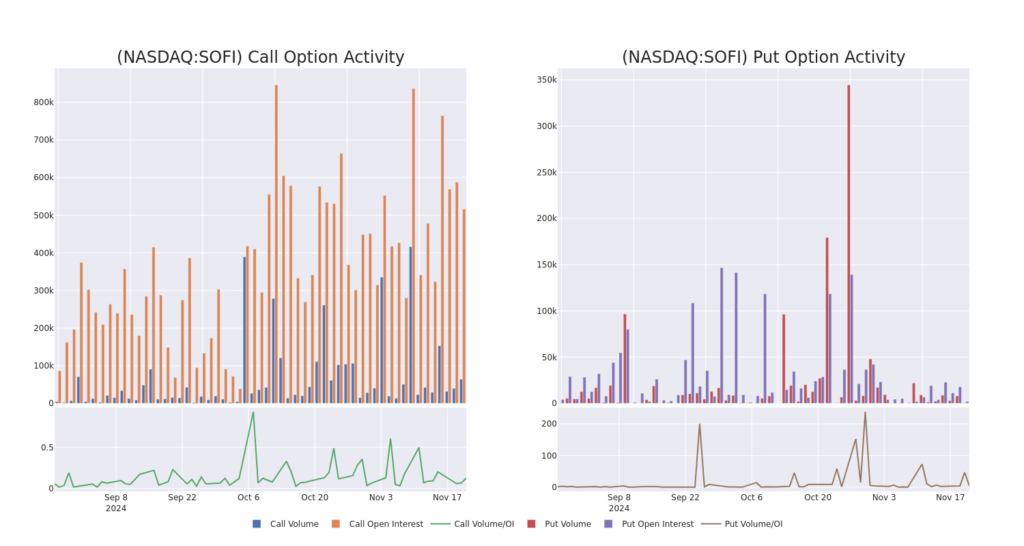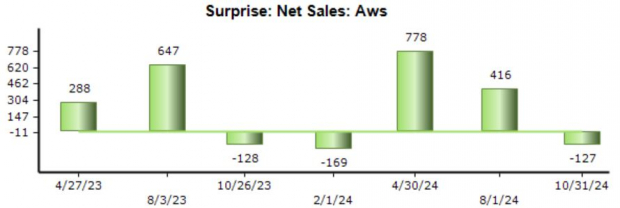Day-trading, characterized by frequent buying and selling of securities within short timeframes, may hold allure for retail investors seeking quick profits. However, it is crucial for these investors to exercise caution, as day-trading comes with inherent dangers and significant financial risks.
This article aims to shed light on the perils of day-trading and the potential pitfalls that retail investors may encounter. It will also highlight the advantages of long-term investing, which offers a more stable and potentially lucrative approach.
By exploring alternative strategies and addressing behavioral biases that often plague day-traders, retail investors can make more informed investment decisions and mitigate risk.
It is essential for retail investors to understand the dangers associated with day-trading and consider alternative approaches to achieve their financial goals.
Key Takeaways
- Prices Law and Pareto Principle suggest that a small number of traders will take the majority of profits in day-trading.
- Day-trading involves high levels of risk due to the short-term nature of the trades and the potential lack of knowledge and experience of retail investors.
- Emotional decision-making and impulsive actions can lead to significant losses in day-trading.
- Long-term investing tends to outperform day-trading in terms of overall returns, and alternative strategies such as diversification and dollar-cost averaging can help mitigate risks for retail investors.
Understanding Prices Law and Pareto Principle
To understand the dangers of day-trading, it is crucial to grasp the significance of Prices Law and the Pareto Principle. Prices Law states that a small percentage of events or people generate a large percentage of the results. Similarly, the Pareto Principle suggests that 80% of the outcomes come from 20% of the causes.
In the context of stock trading, both principles predict that a small number of traders will take the majority of profits. This concentration of wealth in a few hands can have implications for market efficiency. Moreover, the application of these principles is not limited to the stock market; they can be observed in other industries as well.
Recognizing the impact of Prices Law and the Pareto Principle allows investors to better understand the dynamics of day-trading and the potential risks involved.
Risks of Day-Trading
Day-trading poses significant risks to retail investors due to the short-term nature of the trades and the potential lack of knowledge and experience in making informed decisions. The risks of day-trading include the potential for large losses, emotional decision-making, market volatility, and transaction costs. To emphasize the importance of risk management in day-trading, consider the following table:
| Risks of Day-Trading | Potential Losses | Importance of Risk Management |
|---|---|---|
| High levels of risk | Significant financial loss | Essential for protecting capital |
| Lack of knowledge/experience | Loss of investment | Crucial for making informed decisions |
| Emotional decision-making | Loss of confidence | Vital to prevent impulsive actions |
It is crucial for retail investors to understand these risks and implement effective risk management strategies when engaging in day-trading activities. This includes setting stop-loss orders, diversifying portfolios, and having a well-defined trading plan. By managing risks effectively, retail investors can mitigate the potential losses associated with day-trading.
Long-Term Investing Vs. Day-Trading
Long-term investing and day-trading present contrasting approaches to investment strategies.
Long-term investing focuses on buying and holding investments for an extended period, benefiting from compounding returns and higher overall gains. It requires less time and effort compared to day-trading. Studies have shown that long-term investing tends to outperform day-trading in terms of overall returns.
On the other hand, day-trading involves frequent buying and selling of securities within short timeframes. It can be appealing to those seeking quick profits, but it comes with high levels of risk. Day-trading requires extensive knowledge and experience, as well as the ability to make quick decisions. Emotional decision-making, market volatility, and transaction costs are some of the disadvantages of day-trading.
In contrast, long-term investing offers the advantages of simplicity, lower transaction costs, and the potential for higher returns over time.
It is important for retail investors to carefully consider the pros and cons of active trading and passive investing before deciding on their investment approach.
Behavioral Biases in Day-Trading
Day-traders frequently encounter behavioral biases that can significantly impact their decision-making process. Emotional decision-making and the impact of herd mentality are two key biases that affect day-trading. Emotional decision-making refers to the tendency of traders to make decisions based on their emotions rather than rational analysis. This can lead to impulsive actions and excessive risks, resulting in significant losses. The impact of herd mentality on day trading is another behavioral bias that affects traders. When traders follow the crowd and make investment decisions based on what others are doing, it can lead to irrational decisions and herd behavior. This can create market bubbles and increase the likelihood of losses. It is important for day-traders to be aware of these biases and strive to make objective and rational decisions based on thorough analysis.
| Behavioral Biases in Day-Trading | Effects of emotional decision making | Impact of herd mentality on day trading |
|---|---|---|
| Emotional decision-making | Impulsive actions and excessive risks | Losses due to irrational decisions |
| Impact of herd mentality | Market bubbles and increased losses | Uninformed investment decisions |
Alternative Strategies for Retail Investors
One viable approach for individual investors looking for alternatives to day-trading is to adopt a long-term investment strategy. Long-term investing focuses on buying and holding investments for an extended period, benefiting from compounding returns and higher overall gains. This strategy requires less time and effort compared to day-trading and has been shown to outperform day-trading in terms of overall returns.
Another important aspect of long-term investing is diversification, which involves spreading investments across different asset classes. Diversification helps reduce risk by ensuring that losses in one investment are offset by gains in others.
Additionally, retail investors should consider seeking professional advice or using robo-advisors to make informed investment decisions. Professional advice can provide expertise and guidance, while robo-advisors offer automated investment management services.
Conclusion and Final Thoughts
In conclusion, it is essential for retail investors to carefully consider the risks and potential pitfalls of day-trading before entering the market.
Market volatility plays a significant role in day trading profitability. Sudden and unexpected price movements can lead to substantial losses for day-traders.
Additionally, transaction costs, such as commissions and fees, can significantly impact day trading success. These costs can eat into the profits made from the frequent buying and selling of securities. It is crucial for retail investors to understand and factor in these transaction costs when assessing the potential returns of day-trading.
Considering the high levels of risk, emotional decision-making, and the potential impact of market volatility and transaction costs, retail investors should explore alternative strategies such as long-term investing, diversification, and seeking professional advice to make informed investment decisions.
Frequently Asked Questions
What Are Some Common Mistakes That Retail Investors Make When Day-Trading?
Some common mistakes that retail investors make when day-trading include emotional decision-making, lack of risk management, and failure to conduct thorough research. These errors can lead to significant losses and hinder long-term investment success.
How Does Market Volatility Affect Day-Traders and Their Profits?
Market volatility can significantly impact day-traders and their profits. Fluctuations in prices can lead to unexpected losses or gains. To manage risk, day-traders can employ strategies such as setting stop-loss orders, diversifying their portfolios, and staying updated on market news.
Are There Any Successful Day-Traders Who Consistently Make Profits?
Successful day-traders who consistently make profits are a small minority. While some individuals may achieve short-term success, the majority of day-traders experience losses due to high risks, lack of knowledge, emotional decision-making, and market volatility.
What Are the Main Advantages of Long-Term Investing Compared to Day-Trading?
The main advantages of long-term investing compared to day-trading include the potential for compounding returns, higher overall gains, and requiring less time and effort. Day-trading, on the other hand, involves high risks, emotional decision-making, and transaction costs.
How Can Retail Investors Overcome Behavioral Biases in Day-Trading?
Overcoming behavioral biases in day-trading requires retail investors to develop risk management strategies, practice emotional control, and employ decision-making techniques that counteract biases. Psychological challenges can be addressed through education, self-awareness, and seeking professional advice.




